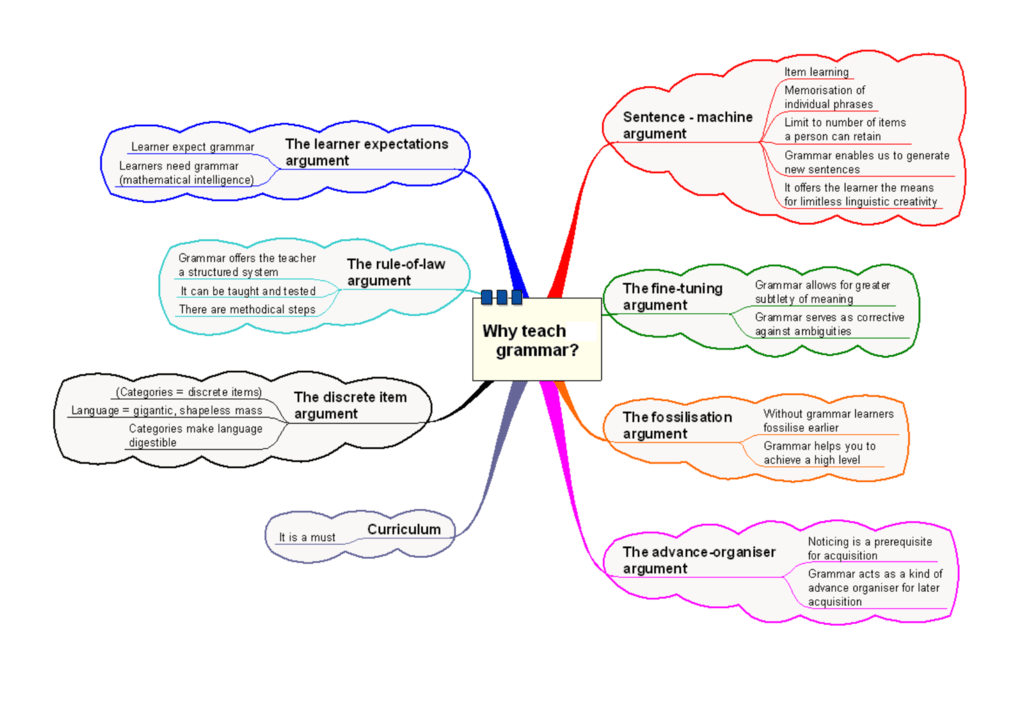Why Spanish Grammar Doesn’t Have To Be Boring

Spanish grammar often gets a bad reputation. When you think about grammar, you probably picture long lists of conjugations, confusing verb tenses, and a sea of rules to memorize. But it doesn’t have to be that way! In fact, Spanish grammar can be fun, interactive, and even exciting. Here’s why learning Spanish grammar doesn’t have to be boring and how to make it more engaging and enjoyable.
1. Grammar Is The Backbone Of Communication
One of the first things to understand about grammar is that it’s the structure that holds the language together. Think of it like the framework of a building, it might not always be the most glamorous part, but without it, the whole thing falls apart. Spanish grammar isn’t just a set of rules; it’s the key to understanding how words fit together to create meaning.
For example, understanding verb conjugation helps you communicate more clearly about when things happened (past, present, future) and who is doing them (I, you, he/she). Once the structure is in place, it becomes easier to see how words work in harmony to express ideas. Far from being a tedious task, this understanding can feel empowering, allowing learners to confidently build sentences and express themselves.
2. Breaking Grammar Down Into Small, Manageable Pieces
One of the reasons Spanish grammar seems overwhelming is that it’s often taught in large, complex chunks. But the truth is, grammar is best learned in small, bite-sized pieces. Instead of trying to learn everything at once, break it down into smaller units, like learning one verb tense at a time or focusing on a few essential sentence structures.
Start with the basics, like how to conjugate regular verbs in the present tense, and then gradually add more complex rules, such as irregular verbs or past tenses. By tackling small sections at a time, the learning process feels much more manageable, and the sense of accomplishment after each step can keep you motivated. Plus, each small victory builds upon the next, making grammar feel more like a puzzle you’re solving rather than a chore.
3. Make Grammar Interactive With Games And Activities
One of the easiest ways to make grammar more fun is to turn it into a game. Whether through apps, flashcards, or language-learning websites, there are countless interactive ways to practice Spanish grammar. Gamifying grammar drills makes them feel less like a traditional lesson and more like a challenge.
For example, quizzes that test your ability to conjugate verbs or match sentence structures are a fun way to reinforce your knowledge. You can also create flashcards for different verb tenses or vocabulary words and quiz yourself to see how quickly you can recall the correct forms. Language games that involve timing or competition can turn grammar practice into a fun, fast-paced activity that engages the brain and reinforces learning.
4. Grammar Is More Fun With Real-Life Context
Sometimes, grammar feels disconnected from real-world use, and that’s when it can become tedious. However, grammar is at its most interesting when applied to real-life situations. Instead of learning random sentences or isolated exercises, try to incorporate grammar into conversations or activities that interest you.
For example, use the present tense to describe what’s happening in your favorite movie or TV show. Practice writing about your day in the past tense, or talk to a language partner about your future plans using future tenses. When you use grammar in meaningful ways, it no longer feels abstract or boring, it becomes a tool for engaging with the world around you in Spanish.
5. Humor And Wordplay Make Grammar Enjoyable
Humor can be a powerful tool for learning any subject, and Spanish grammar is no exception. Playing with language, using puns, and engaging in wordplay can help make grammar rules more memorable. For example, creating funny sentences with irregular verb conjugations or using silly mnemonics to remember complex rules can add a layer of fun to the learning process.
Try creating funny images or stories to help remember grammar rules. For instance, imagining a cow wearing a hat (to remember the word “vaca”) or using rhymes to remember verb conjugations can make learning more enjoyable. Humor reduces the stress of memorizing grammar and turns it into something fun rather than something to dread.
6. Connect Grammar To Culture
Another way to make Spanish grammar more exciting is by connecting it to the culture of Spanish-speaking countries. For example, understanding how different countries use different tenses or expressions can make grammar feel more relevant. Spanish is not just a language; it’s a gateway to a rich and diverse culture with a wide range of accents, traditions, and ways of speaking.
Learning grammar through the lens of cultural context can add a deeper layer of understanding and connection to the language. You can explore how grammar rules are reflected in Spanish literature, movies, music, or even daily conversations in different regions. This makes the learning experience feel more dynamic and rewarding.
Conclusion
Spanish grammar doesn’t have to be a boring, tedious task. With the right approach, it can be an enjoyable and even exciting part of the learning process. By breaking grammar down into manageable chunks, using interactive activities, applying it to real-life situations, and adding humor and cultural context, grammar can become a tool that brings the language to life. The next time you approach Spanish grammar, remember, it’s not just about memorizing rules, it’s about unlocking the door to a whole new way of communicating. So, make it fun, make it interactive, and watch how quickly you improve
